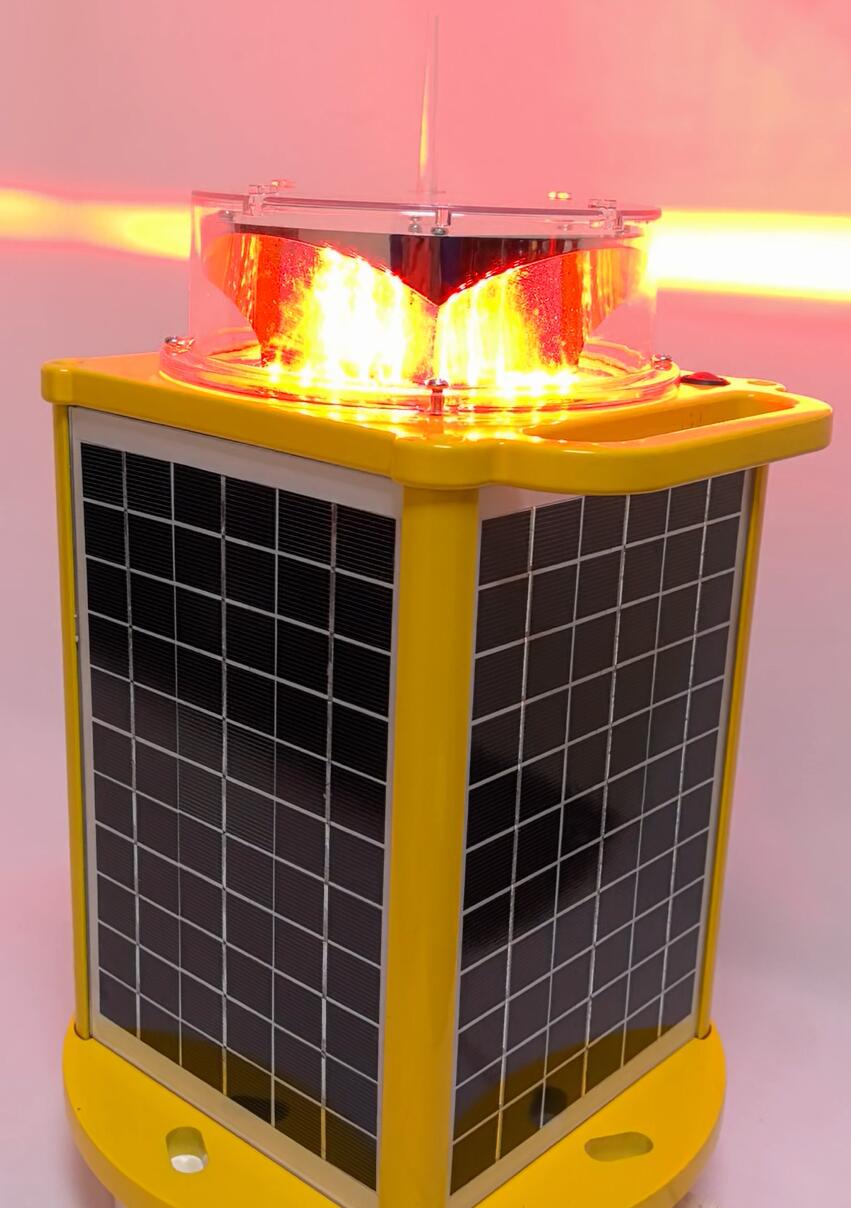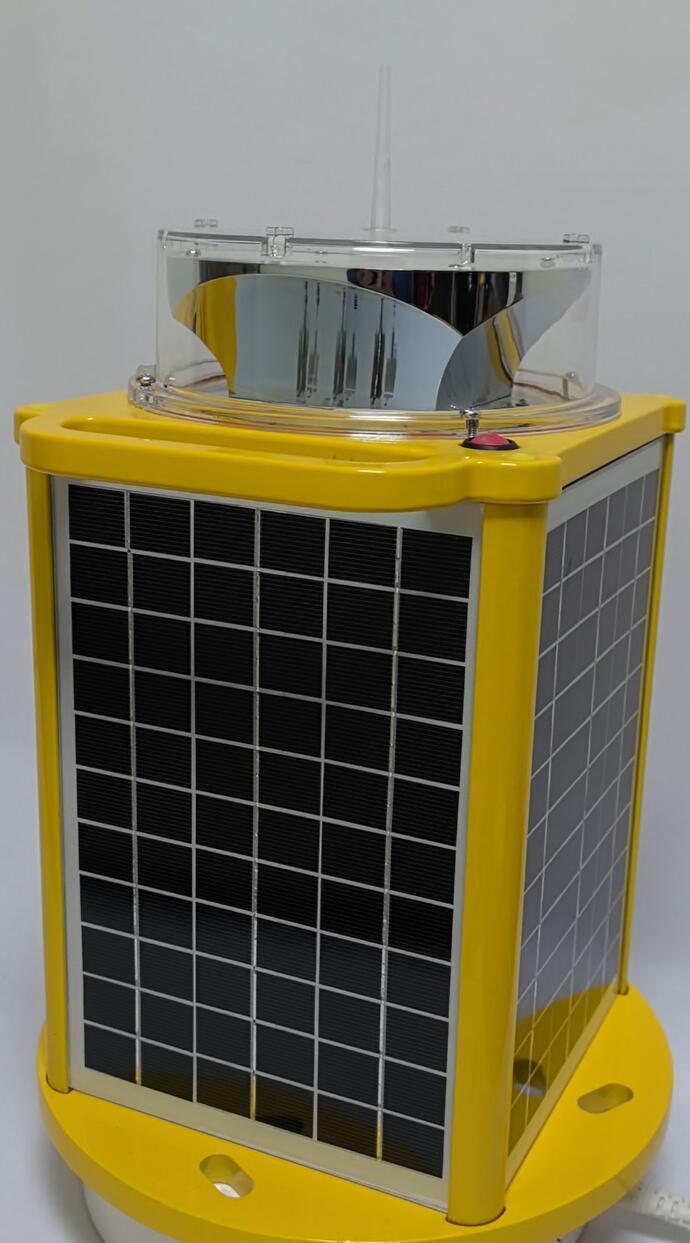In the vast expanse of the modern world, where air travel has become an essential mode of transportation, ensuring the safety of flights is of utmost importance. One crucial element in safeguarding aviation is the solar aviation obstruction light. These unassuming yet highly effective devices play a vital role in protecting aircraft and their passengers by providing clear visibility of potential hazards.
The solar aviation obstruction light is a remarkable combination of innovation and functionality. As the name suggests, it harnesses the power of the sun to operate, making it an environmentally friendly and sustainable solution. By utilizing solar energy, these lights are able to function independently without the need for traditional power sources, reducing costs and minimizing environmental impact.

Tall structures such as towers, chimneys, cranes, and wind turbines pose a significant risk to aircraft. Without proper illumination, these structures can be difficult to spot, especially during low visibility conditions or at night. The solar aviation obstruction light serves as a visible warning, alerting pilots to the presence of these hazards and allowing them to take appropriate evasive action.
| solar | MI-B | RED |
One of the key advantages of solar aviation obstruction lights is their reliability. Powered by the sun, they are not affected by power outages or disruptions in the electrical grid. This ensures that they remain operational even in the most challenging circumstances, providing a continuous source of illumination and safety.
The technology behind these lights is constantly evolving. Modern solar aviation obstruction lights are equipped with advanced solar panels that efficiently convert sunlight into electrical energy. The stored energy is then used to power high-intensity LEDs (light-emitting diodes), which provide a bright and consistent light output. LEDs are known for their long lifespan, low power consumption, and durability, making them an ideal choice for aviation obstruction lights.
In addition to their reliability, solar aviation obstruction lights are also designed to be highly visible. They are available in a variety of colors and flash patterns, which can be customized to meet specific aviation requirements. The intense light output and distinct flash patterns make these lights easily visible from a great distance, ensuring that pilots have ample time to spot and avoid potential hazards.

The installation of solar aviation obstruction lights is relatively straightforward. They can be mounted on top of structures using brackets or poles, and the solar panels can be adjusted to optimize sunlight exposure. Once installed, these lights require minimal maintenance, further reducing costs and ensuring long-term reliability.
Another important aspect of solar aviation obstruction lights is their compliance with international aviation standards. These lights are designed and tested to meet strict safety regulations, ensuring that they provide accurate and reliable illumination for aircraft. Manufacturers work closely with aviation authorities to ensure that their products meet the highest standards of quality and safety.
As the aviation industry continues to grow and expand, the demand for solar aviation obstruction lights is also on the rise. With increasing concerns about environmental sustainability and energy efficiency, these lights offer a practical and eco-friendly solution for marking tall structures and ensuring aviation safety.
In conclusion, solar aviation obstruction lights are an essential component of modern aviation safety. Their ability to harness the power of the sun, provide reliable illumination, and be highly visible makes them a valuable tool for protecting aircraft and the people on board. As technology continues to advance, we can expect these lights to become even more efficient and effective, further enhancing aviation safety and ensuring a smooth and safe journey for all. Let us recognize the importance of these guardians of the skies and continue to invest in their development and deployment to ensure the safety of our airspace.